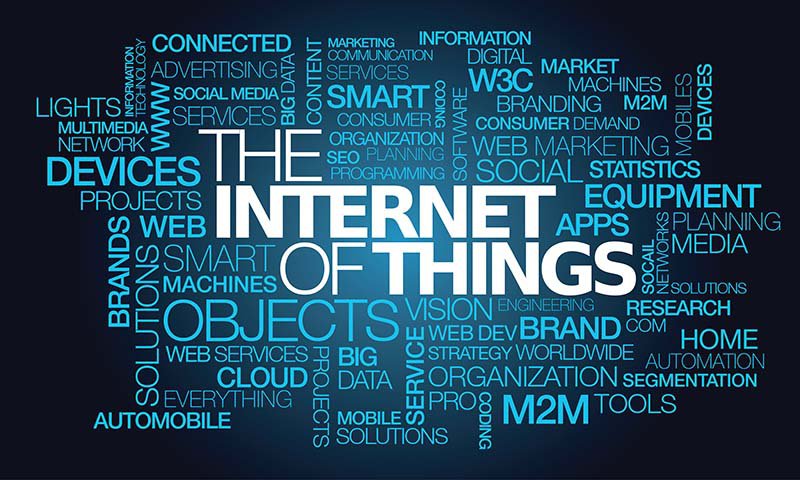Powering the Internet of Things
More internet-connected products are on the way; what are they and how will they change our world?
- October 17, 2016
- Carol Winkel

In the span of a generation, the Internet, and the innovative technologies devised to use it, from the personal computer to smart phones, has transformed virtually every aspect of our lives. And this is just the beginning.
The analyst firm Gartner says that by 2020 there will be over 20 billion connected devices, generating $300 billion in revenue.
"Aside from connected cars, consumer uses will continue to account for the greatest number of connected things, while enterprise will account for the largest spending," according to Jim Tully, vice president at Gartner.
At the Council’s October power committee meeting, Massoud Jourabchi, manager of economic analysis, presented information on the kind of products that are part of the Internet of Things.
One provocative example is lighting, which Jourabchi noted experts consider a key pathway to an interconnected smart home.
Smart, solid-state lighting that can be controlled through connected devices to turn on or off, adjust brightness, or change color, have other uses, too. They have the potential to provide time of use metering, security monitoring, and detect radiation levels as well.
Could the smart home of the future monitor our breathing and heart rates? Sensors that test for sleep apnea, monitor a sleeping baby, or enable the elderly to age in place are just some of the ways a connected home might operate.
For office buildings, connected sensors offer the same advantages as in the home: efficiencies in heating and cooling systems, lighting, and security, and also in improving communication systems.
In retail businesses, devices will enable seamless shopper discounting, inventory and ordering, and monitoring store traffic and customer behavior. Medical facilities will be able to know when a patient has fallen or stressed. And in manufacturing and industrial applications, predictive analytics and process monitoring is expected to improve production and reduce downtime.
As more and more products connect through the Internet, the impact on consumer services and the economy is both far-reaching and profound.
In the coming months, the Council will be taking a closer look at the implications of our growing digital economy, including concerns about privacy, security, standards for integration, as well as the environmental concerns over battery materials and the safe disposal of used batteries.
Related:
One Day, Cars Will Connect With Your Fridge and Your Heartbeat



